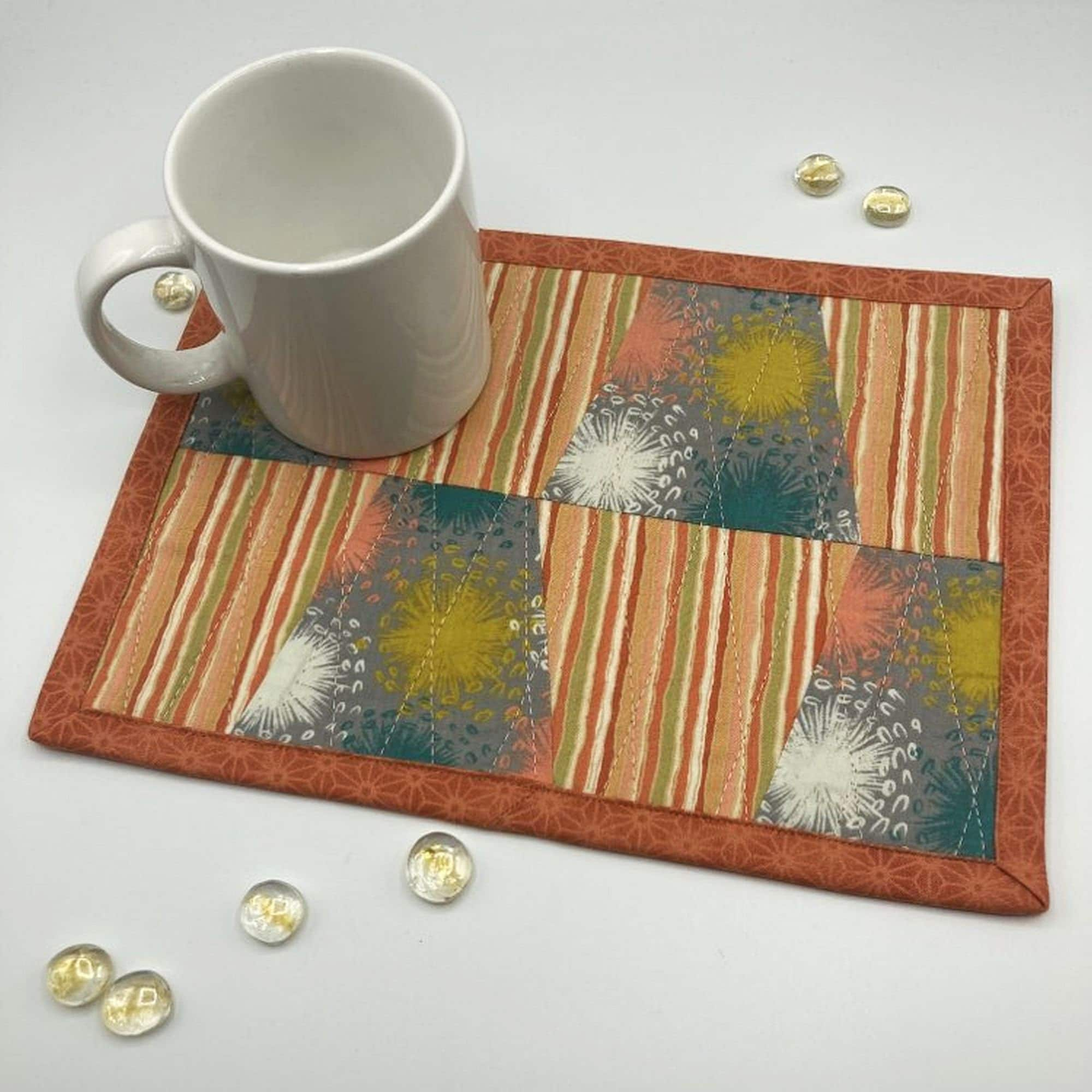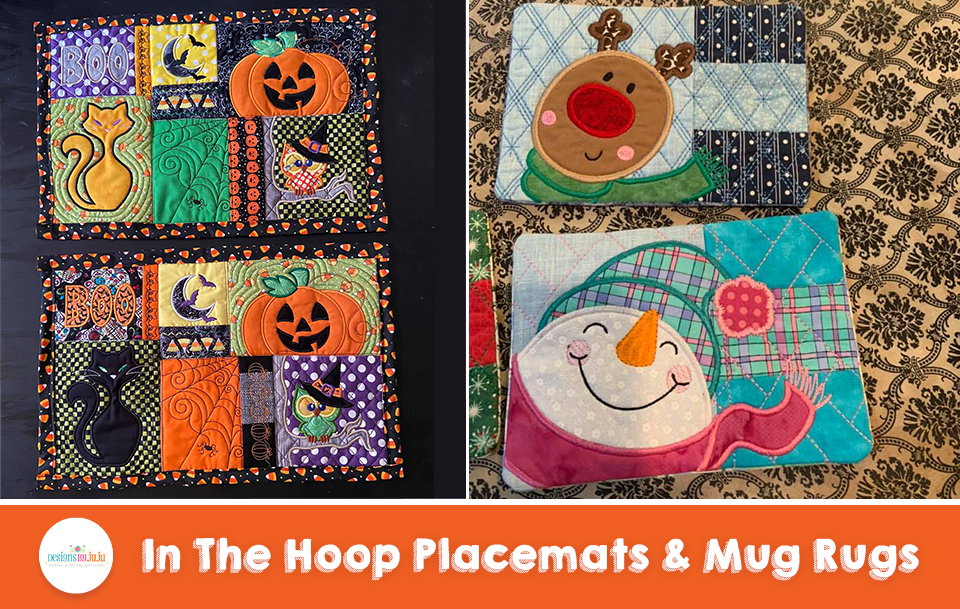About Unique Art
About Unique Art
Blog Article
Unique Art - The Facts
Table of ContentsThe 9-Minute Rule for Unique ArtNot known Incorrect Statements About Unique Art The 20-Second Trick For Unique ArtNot known Facts About Unique Art
While one may discuss which art form holds priority, the truth continues to be that each of these seven types provides an unique window right into human history, culture, and advancement. They are the tapestries that chronicle our journey, reminding us of our past while motivating visions for the future.Terrific art work narrates, makes people look two times, and creates a special experience that can not be matched. Art and images connect all of that via shade, form and other design components. Find out exactly how to make your special art work attract attention from the crowd.

8 TRIA GIOVANEqual components grand and laidback, this foyer made by Anthony Baratta is the perfect blueprint to comply with if you're embellishing an official entrance that still feels unfussy and comfortable. Formed fabrics take facility phase (see the carpets and the sofa), but they additionally aid bring the high ceilings down to a human scale when hung over wallpaper.
Everything about Unique Art
18 Heidi Caillier DesignA gallery wall surface does not require to take up the entire space. Sometimes a small one can make a bigger design declaration. In this living room, Hiedi Caillier decided for micro-mini frames and a random composition.
, the expression of ideas and emotions, with the production of certain aesthetic top qualities, in a two-dimensional aesthetic language. The elements of this languageits forms, lines, colours, tones, and texturesare utilized in numerous ways to produce sensations of volume, space, motion, and light on a flat surface area. These elements are combined into expressive patterns in order to represent actual or superordinary phenomena, to analyze a narrative theme, or to create wholly abstract visual relationships.
Later the notion of the "great artist" established in Asia and Renaissance Europe. Prominent painters were paid for the social condition of scholars and courtiers; they signed their job, determined its style and commonly its subject and imagery, and developed an extra personalif not always amicablerelationship with their clients. Throughout the 19th century painters in Western cultures started to lose their social placement and safe patronage.
Rumored Buzz on Unique Art
Others gained an earnings through touring events of their work. The need to interest a marketplace had actually replaced the comparable (if much less impersonal) needs of patronage, and its result on the art itself was most likely comparable as well. Generally, musicians in the 20th century might get to an audience only via commercial galleries and public museums, although their work might have been view periodically replicated in art regulars.

Don't replicate the style of various other artists if you're looking for your style. Duplicating other people's art work can be terrific in instructional functions yet it will not make you closer to locating your very own distinct design. Your artistic style needs to be, what you such as and what inspires you.
I would consider your own design as a design you paint in normally, when you release all ideas and guidelines and just focus on paint, not thinking of it. Unique Art. click The design needs to come normally to you when you are loosened up and you can not force it or it will not be your own style, simply a person else's
What Does Unique Art Mean?

With time you'll have the ability to arrange all of them right into your favorite and the very least favorite groups. Try to focus your interest on the subjects and mediums that you like and before you see it coming you'll have your own personal and unique style, like no person else have! So ultimately you'll have a couple of preferred subjects to repaint and possibly a couple of favorite mediums.
The design has to develop itself over time with a great deal of technique and experiments - Unique Art. Thanks for reading this post and if you have any kind of concerns leave them in the comments listed below, I 'd be happy to address these
Report this page